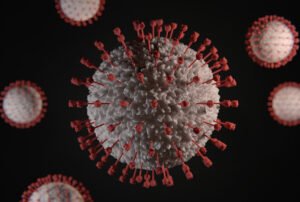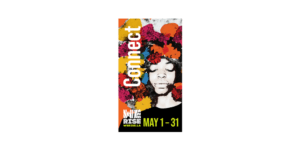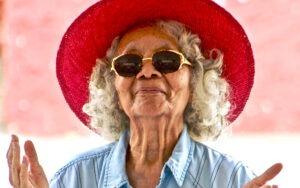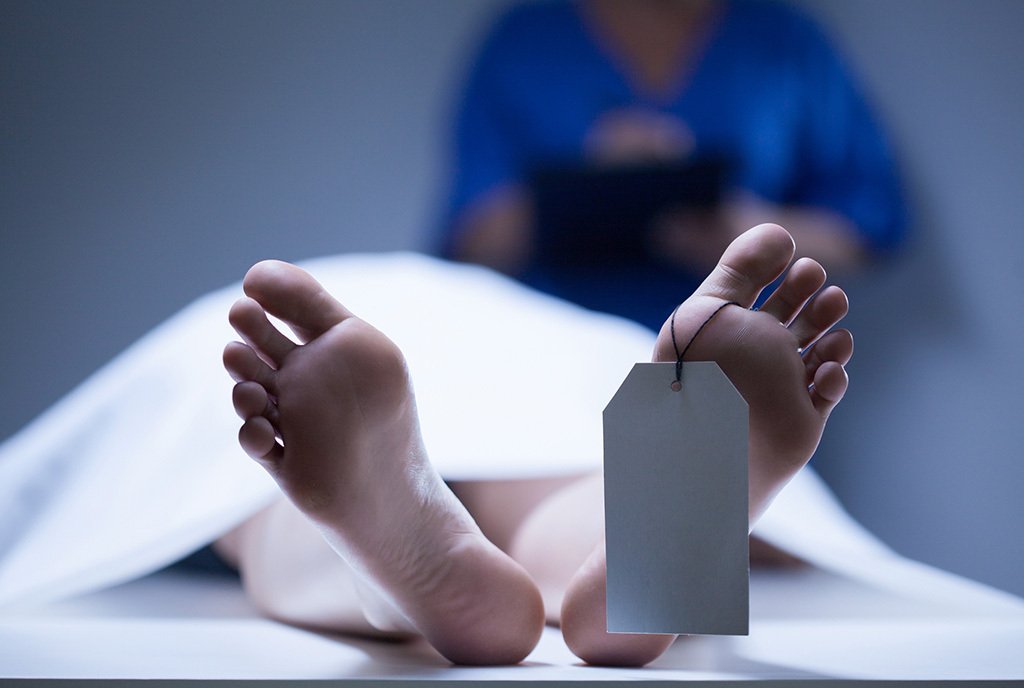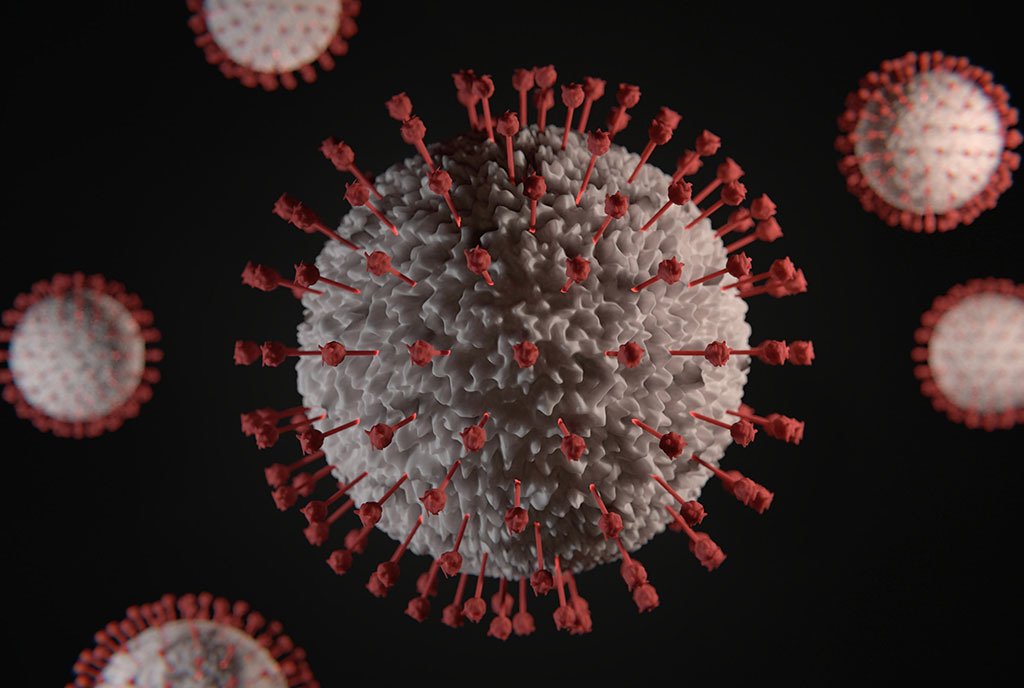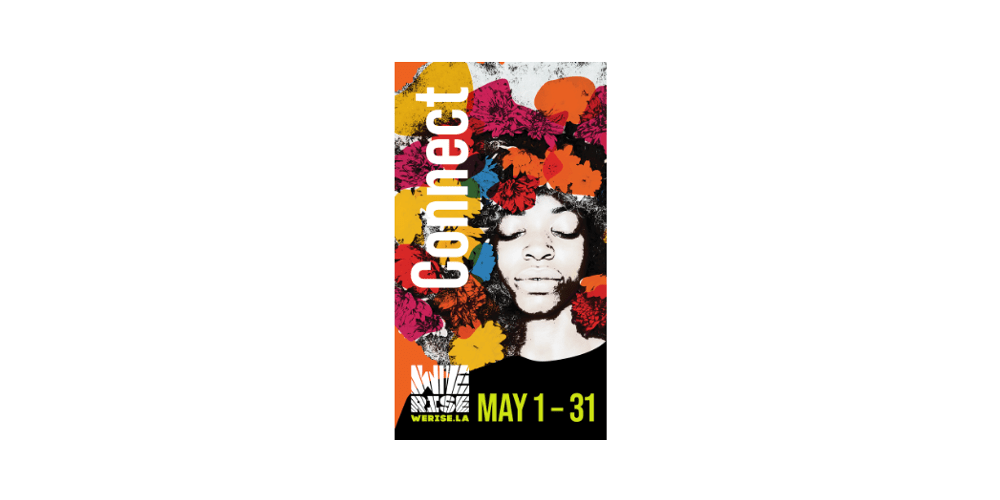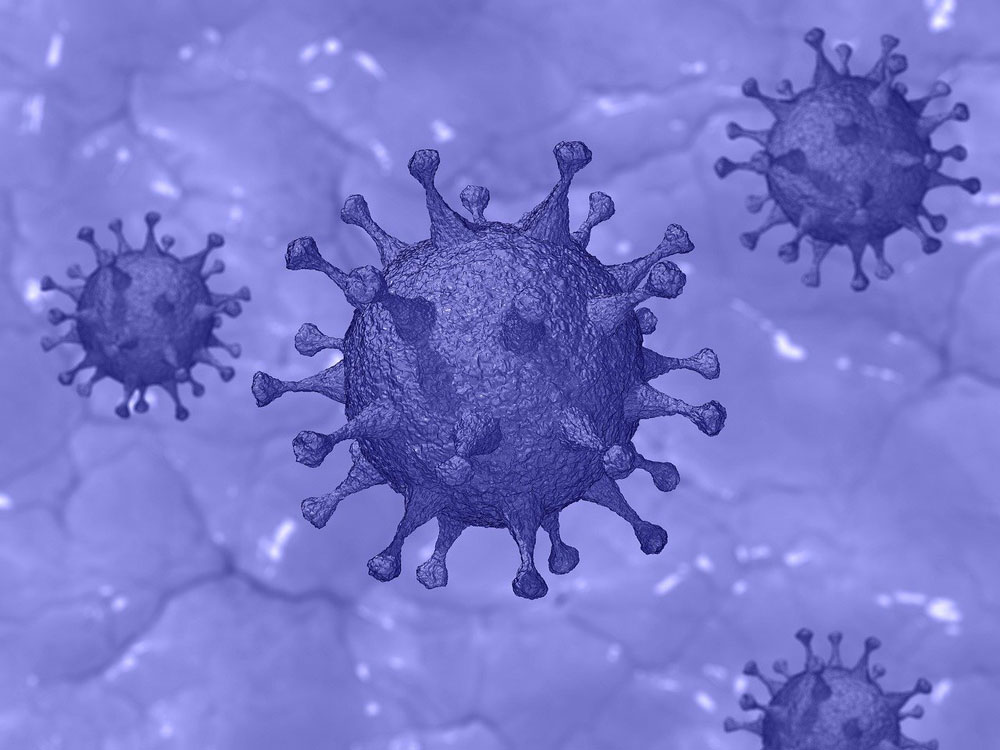
May 26, 2020; Washington Post
“What once was perceived as a disease that affected only the elderly in a few areas was now wreaking havoc in the bodies of 20- and 30-year-old people of color across the nation,” report Aaron Williams and Adrian Blanco in the Washington Post in their story on the racially disparate impacts of COVID-19.
“The signs,” they add, “were there all along.”
At NPQ, we’ve regularly noted the obvious racial disparities in health outcomes due to COVID-19 at the local level, as well as community responses. And as the national data accumulates, it is increasingly clear just how severely the nation’s Black population has been hit.
Data about the race of those dying due to COVID-19 are incomplete but are available in about 88 percent of the cases, reports an American Public Media research team. According to the team’s data set, mortality rates by race are as follows:
| Whites | 20.7 per 100,000 |
| Asian American | 22.7 per 100,000 |
| Latinx | 22.9 per 100,000 |
| Blacks | 50.3 per 100,000 |
Data for American Indians are insufficient to have statistically sound estimates, but the research team adds that, “dramatic mortality disparities exist for Indigenous residents in the states of Arizona and New Mexico.”
Sign up for our free newsletters
Subscribe to NPQ's newsletters to have our top stories delivered directly to your inbox.
By signing up, you agree to our privacy policy and terms of use, and to receive messages from NPQ and our partners.
Both of these states contain portions of the Navajo Nation, where the virus outbreak has been devastating. In Arizona, the Indigenous mortality rate is more than five times the rate for all other groups, while in New Mexico, the rate exceeds seven times all other groups. With 266 known deaths among Indigenous residents, these two states alone account for two-thirds of all known Indigenous deaths.
As Williams and Blanco point out in the Post, the reasons for this disparity are not hard to find. All you have to do, they add, is look at who lives in “census tracts with above-average rates of six chronic health indicators: heart disease, diabetes, high cholesterol, high blood pressure, chronic obstructive pulmonary disease (COPD) and obesity.”But, they note, underlying health conditions are only part of the story. As they point out, risk “is increased when factoring in living conditions and access to health care. Communities of color may be more likely to live in densely populated areas in cities because of the history of racial segregation in the United States. And Black and Latinx Americans are also two to three times more likely than white Americans to be uninsured,” according to a report from the federal Centers for Disease Control and Prevention (CDC).The nation’s capital, observe Williams and Blanco, illustrates these dynamics:
A majority of confirmed cases in the District are in some of the city’s densest neighborhoods….Wards 5, 7 and 8, which flank the eastern edge of the city, are majority-Black areas and have above national rates of chronic health conditions such as diabetes, obesity and heart disease. These are also the wards with some of the highest-known case counts of the virus, according to city health data.
The same dynamic can be seen in other cities; for instance, in Shreveport, Louisiana, “Black Americans are dying at 2.4 times the rate of whites.”The Post article identifies the causes of the disparities, but it says relatively little about how to reduce them. That said, many of the available policy actions are not so mysterious. A month ago, writing for the Brookings Institution, Rashawn Ray outlined some interventions that could make a positive difference. Ray’s suggested steps include:
Placing testing and triage centers in identified high-risk communities.
Ensuring paid leave for all essential workers, so they don’t spread COVID-19 at work.
Partnering with Black churches and other trusted community partners.
It is in short, not enough, to track disparities—it is vital to respond to them. Ray points out that in the long run, “if people have more equitable healthcare coverage, the number of people with untreatable pre-existing conditions will decline and healthcare costs will drop.” This is one reason why Canada can spend half as much per capita on health care than US, even as the government pays for coverage for all of its people.But even in the short run, there are steps that can be taken to reduce the number of Black Americans who are losing their lives to COVID-19. It is not rocket science to realize that shifting resources to where the need is greatest and working with local community partners can make a considerable difference.—Steve Dubb



